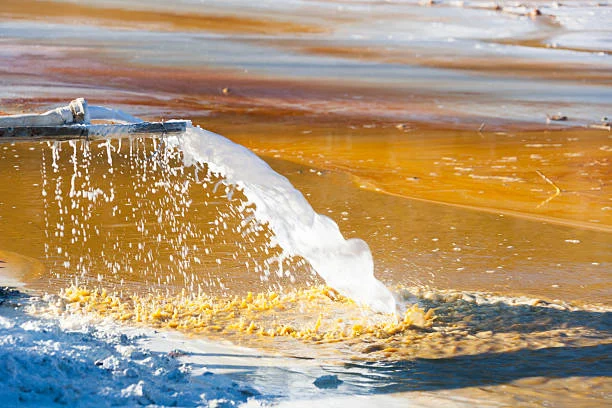
Introduction
In the gold mining industry, cyanidation is a widely used method for gold extraction due to its simplicity, low cost, and high efficiency. However, this process generates a large amount of cyanide - bearing tailings slurry. Cyanide - bearing tailings slurry contains not only undissolved cyanide, which is highly toxic to the environment and living organisms, but also valuable metals. Improper treatment of this slurry not only leads to serious environmental pollution but also causes a significant waste of resources. Therefore, developing an optimal treatment process for cyanide - bearing tailings slurry is of great significance for the sustainable development of the mining industry.
Common Treatment Processes for Cyanide - Bearing Tailings Slurry
Chemical Oxidation Processes
SO₂/Air Process: In this process, sulfur dioxide (SO₂) and air are introduced into the cyanide - bearing tailings slurry. SO₂ reacts with oxygen in the air and water to form sulfurous acid, which then oxidizes cyanide. For example, when the dosages of SO₂, lime, and Cu²⁺ are 7.7. 0.04. and 0.01 g/L respectively, the concentration of free cyanides can decrease from 364 mg/L to 0.4 mg/L. The chemical reactions involved are as follows:
SO₂ + H₂O ⇌ H₂SO₃
H₂SO₃ + O₂ → H₂SO₄
2CN⁻ + 5H₂SO₄ + 2H₂O → 2CO₂↑ + N₂↑ + 5H₂SO₃ + 2H⁺
Hydrogen Peroxide Oxidation: Hydrogen peroxide (H₂O₂) is a strong oxidizing agent. When treating cyanide - bearing tailings slurry, H₂O₂ can directly oxidize cyanide. Kitis treated cyanide tailings after gold extraction from ovacik gold ore through hydrogen peroxide oxidation and found that the free cyanide concentration decreased from 144 mg/L to less than 1 mg/L. The reaction equation is:
CN⁻ + H₂O₂ + H₂O → HCO₃⁻ + NH₃
Ozonation: Ozone (O₃) is also used for cyanide oxidation. Cakrillo – Pedroza treated cyanide tailings through ozonation and indicated that when the pH of the solution is 11.2 and the blowing amount of ozone is 0.1 g/min, the concentration of free cyanides decreased from 375 mg/L to 7 mg/L. The reaction mechanism is relatively complex, and ozone can decompose cyanide into less toxic substances such as carbon dioxide and nitrogen.
Electrolytic Processes
Slurry Electrolysis: In slurry electrolysis, the cyanide - bearing tailings slurry is directly electrolyzed. There are different modes such as direct electrolysis (ET), air electrolysis (ETA), and NaCl electrolysis (ETC). In the ETC system, Cl⁻ migrates to the anode through electrogeneration to generate Cl₂/ClO⁻ in - situ. CN⁻ and metal - cyanide ions that migrate near the anode are oxidized by Cl₂/ClO⁻ to produce CO₂, N₂, and metal cations. Metal cations return to the cathode where they are reduced and deposited. For example, in a study, after treatment in the ETC system, the removal rates of CNₜ, CN⁻, Cu, Zn, and Fe were 92.07%, 97.17%, 86.31%, 98.24%, and 93.03% respectively. The mass loss of cyanide tailings could reach 8.62%, which was 5.10% and 1.36% higher than the mass loss in ET and ETA respectively.
Biological Oxidation
Certain microorganisms have the ability to degrade cyanide. For example, Pseudomonas, Bacillus, Alcaligenes, Acinetobacter, and Burkholderia can degrade cyanide. Pseudomonas can decrease the free cyanide concentration of cyanide tailings from 45 mg/L to 0.4 mg/L. Microorganisms use cyanide as a source of carbon or nitrogen through a series of enzymatic reactions, converting cyanide into non - toxic or less - toxic substances.
Physical Separation and Concentration Processes
Flotation: Flotation can be used to separate valuable minerals from the cyanide - bearing tailings slurry. For example, in the case of cyanide - gold tailings, flotation can be used to recover gold. The principle is to use the difference in surface properties of minerals. By adding appropriate collectors and frothers, valuable minerals can be selectively attached to air bubbles and floated to the surface, while gangue minerals remain in the slurry.
Magnetic Separation: If the cyanide - bearing tailings slurry contains magnetic minerals such as magnetite, magnetic separation can be applied. Magnetic separation uses the magnetic properties of minerals. Minerals with different magnetic susceptibilities will move differently in a magnetic field, thus achieving separation.
Comparative Analysis of Different Treatment Processes
Efficiency in Cyanide Removal
Chemical oxidation processes generally have high efficiency in cyanide removal. For instance, the SO₂/air process, hydrogen peroxide oxidation, and ozonation can all reduce the cyanide concentration to a very low level. However, the efficiency may be affected by factors such as the initial cyanide concentration, reaction time, and the dosage of oxidants.
Electrolytic processes like slurry electrolysis can also achieve high cyanide removal rates. The ETC system, as mentioned above, shows excellent performance in cyanide oxidation and metal recovery simultaneously.
Biological oxidation is relatively slow in cyanide removal compared to chemical and electrolytic processes. It requires a suitable environment for microorganisms to grow and metabolize, such as appropriate temperature, pH, and nutrient conditions.
Resource Recovery
Electrolytic processes have an advantage in resource recovery. During slurry electrolysis, metal cations can be reduced and deposited at the cathode, achieving the recovery of valuable metals such as copper, zinc, and iron.
Flotation in physical separation processes is mainly used for the recovery of valuable minerals. In cyanide - bearing tailings, it can effectively separate and recover precious metals like gold. Magnetic separation is limited to the recovery of magnetic minerals.
Chemical oxidation processes mainly focus on cyanide destruction and may not be as effective in resource recovery as electrolytic and some physical separation processes.
Cost - Effectiveness
Chemical oxidation processes may require a large amount of oxidants, which can increase the treatment cost. For example, the continuous addition of SO₂, hydrogen peroxide, or ozone in large - scale treatment plants can be costly.
Electrolytic processes need a certain amount of electrical energy, and the construction and maintenance costs of electrolytic equipment are relatively high. However, if valuable metals can be effectively recovered, the economic benefits may offset part of the costs.
Biological oxidation has relatively low operating costs as it mainly relies on the metabolic activities of microorganisms. But the slow reaction rate may require a large - scale reactor and a long treatment time, which also affects the overall cost - effectiveness.
Environmental Impact
Chemical oxidation processes may produce some by - products. For example, the SO₂/air process may produce sulfuric acid - related by - products, which need to be properly treated to avoid secondary pollution.
Electrolytic processes generally produce less secondary pollution, but the disposal of spent electrolytes still needs attention.
Biological oxidation is considered a more environmentally friendly method as it uses natural microbial activities. However, if the microbial system is not properly controlled, it may also cause environmental problems such as the release of harmful gases.
Selection of the Optimal Treatment Process
Considering the Composition of Tailings Slurry
If the cyanide - bearing tailings slurry contains a high concentration of valuable metals and complex cyanide compounds, slurry electrolysis may be a more suitable choice. It can not only remove cyanide but also recover valuable metals effectively.
When the tailings slurry mainly contains simple - form cyanide and the goal is mainly cyanide destruction, chemical oxidation processes such as SO₂/air or hydrogen peroxide oxidation can be considered.
If the tailings slurry contains a certain amount of magnetic minerals or minerals that can be separated by flotation, physical separation processes can be combined with other treatment methods. For example, magnetic separation can be used first to remove magnetic minerals, and then chemical oxidation or electrolytic processes can be used to treat the remaining slurry.
Treatment Scale and Economic Feasibility
For large - scale treatment plants, processes with high treatment efficiency and relatively stable operating costs should be selected. Chemical oxidation processes with a large - scale production of oxidants may be more cost - effective in large - scale applications.
For small - scale mines or treatment facilities, biological oxidation may be a more suitable option due to its low equipment investment and operating costs. However, if the value of valuable metals in the tailings slurry is high, even for small - scale operations, electrolytic or physical separation - based processes combined with cyanide treatment may be more economically feasible.
Regulatory Requirements
Different regions have different environmental regulatory requirements for cyanide discharge. In areas with strict regulations on cyanide concentration in effluents, treatment processes that can achieve very low cyanide residual concentrations, such as ozonation or certain electrolytic processes, should be selected.
Some regulations may also have requirements for the disposal of solid waste and by - products. Processes that produce less harmful by - products or can meet the solid - waste disposal standards more easily should be preferred.
Case Studies of Successful Treatment Processes
A Gold Mine in Region X
This gold mine used the SO₂/air process to treat its cyanide - bearing tailings slurry. By optimizing the dosage of SO₂, lime, and Cu²⁺, and controlling the reaction time and temperature, the free cyanide concentration in the treated slurry was reduced from an initial value of over 300 mg/L to less than 1 mg/L, meeting the local environmental discharge standards. At the same time, the process was relatively cost - effective as the raw materials SO₂ and lime were easily available in the local market.
A Mining Company in Region Y
The mining company adopted slurry electrolysis technology. After treatment in the ETC system, not only did the cyanide removal rate reach over 90%, but also a significant amount of valuable metals such as copper and zinc were recovered. The recovered metals were sold, generating additional revenue for the company, which offset a large part of the treatment cost. This made the overall treatment process highly profitable and environmentally friendly.
Future Trends in Cyanide - Bearing Tailings Slurry Treatment
Development of Integrated Treatment Technologies
In the future, more integrated treatment technologies will emerge. For example, combining physical separation, chemical oxidation, and biological oxidation in a single treatment system. First, use physical separation to recover valuable minerals, then use chemical oxidation to quickly reduce the cyanide concentration, and finally use biological oxidation to further degrade the remaining trace cyanide and improve the environmental friendliness of the treatment process.
Application of Nanotechnology and Advanced Materials
Nanotechnology and advanced materials may play an important role in cyanide - bearing tailings slurry treatment. For example, the development of nanoscale catalysts can significantly improve the reaction rate and efficiency of chemical oxidation processes. Advanced membrane materials can be used for more efficient separation of valuable metals and cyanide in the slurry.
Emphasis on Circular Economy and Zero - Discharge Concepts
With the increasing emphasis on sustainable development, the treatment of cyanide - bearing tailings slurry will increasingly follow the circular economy and zero - discharge concepts. All resources in the tailings slurry, including water, valuable metals, and other useful components, will be fully recycled and utilized to minimize waste and environmental impact.
Conclusion
The treatment of cyanide - bearing tailings slurry is a complex but crucial issue in the mining industry. Different treatment processes have their own advantages and disadvantages in terms of cyanide removal efficiency, resource recovery, cost - effectiveness, and environmental impact. When selecting the optimal treatment process, factors such as the composition of the tailings slurry, treatment scale, economic feasibility, and regulatory requirements need to be comprehensively considered. Through case studies, we can see that different processes can achieve good treatment effects under specific conditions. Looking to the future, integrated treatment technologies, the application of nanotechnology and advanced materials, and the implementation of circular economy and zero - discharge concepts will drive the continuous improvement and development of cyanide - bearing tailings slurry treatment processes.
- Random article
- Popular articles
- Popular comments
- Gold Ore Thiourea Beneficiation
- Lead-zinc Ore Asynchronous Flotation Process
- Understanding the Manganese Ore Flotation Process
- Manganese Ore Separation: Gravity and Magnetic Methods
- Understanding the Barite Flotation Process
- Efficient Flotation Process for Sulfide Fluorspar Ore
- Mica Ore: Efficient Magnetic Separation and Flotation




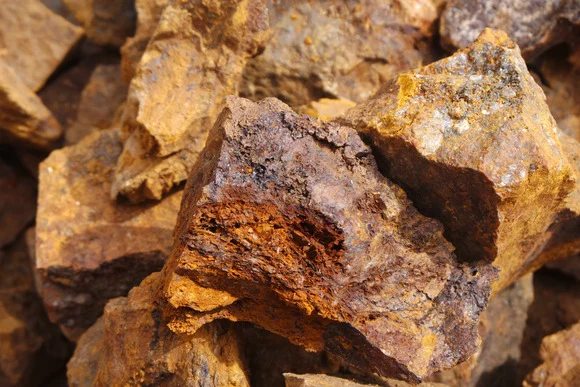
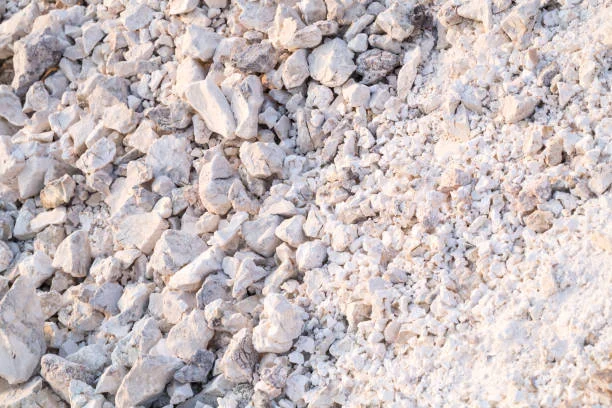
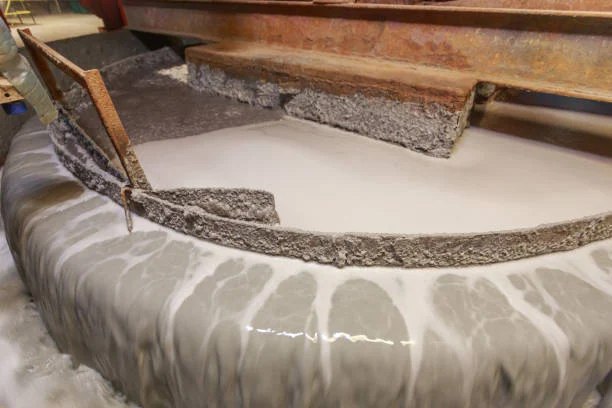

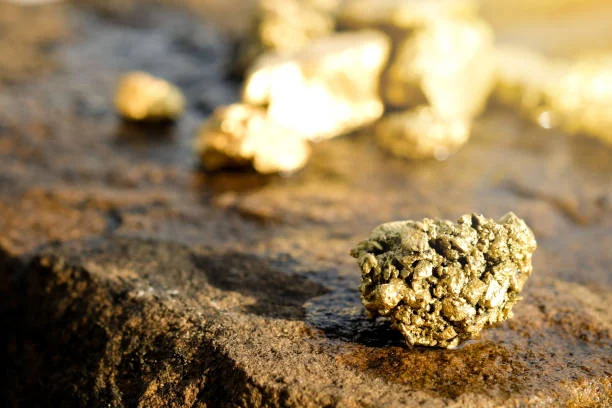
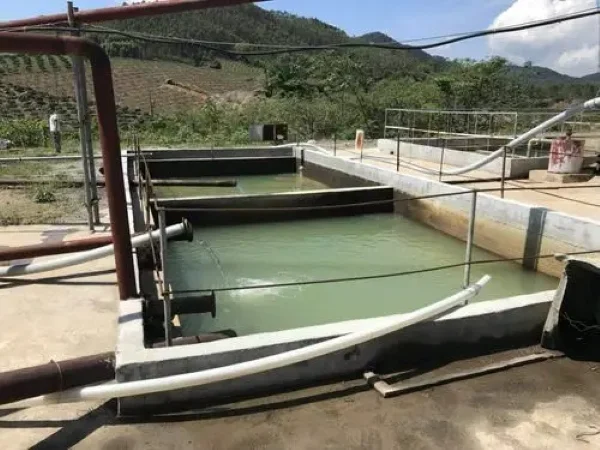
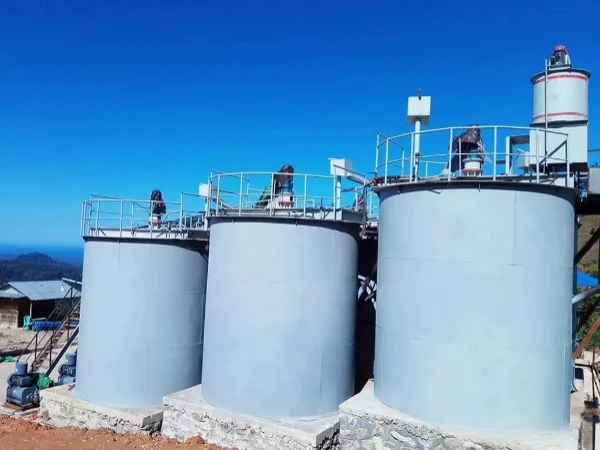
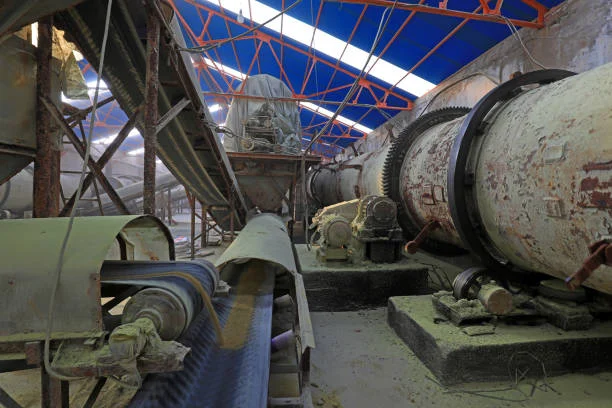
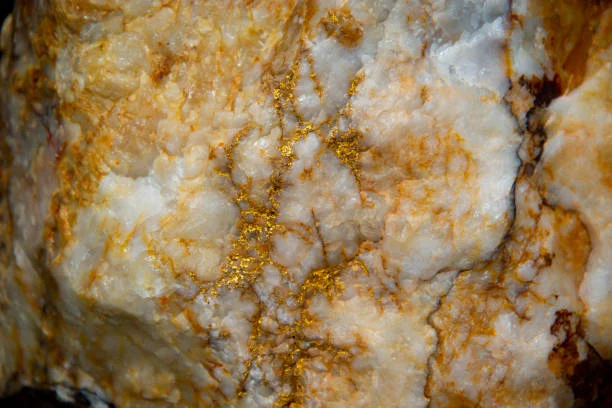
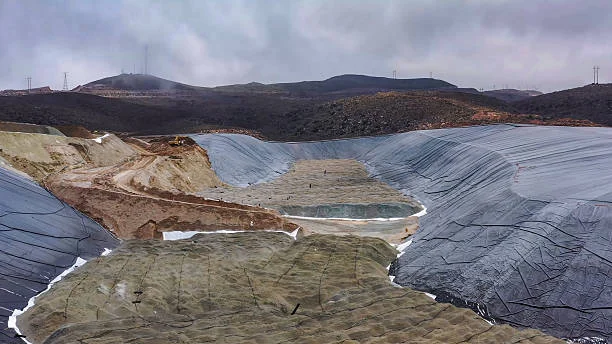

Leave a message with your needs or comments
Add comment: